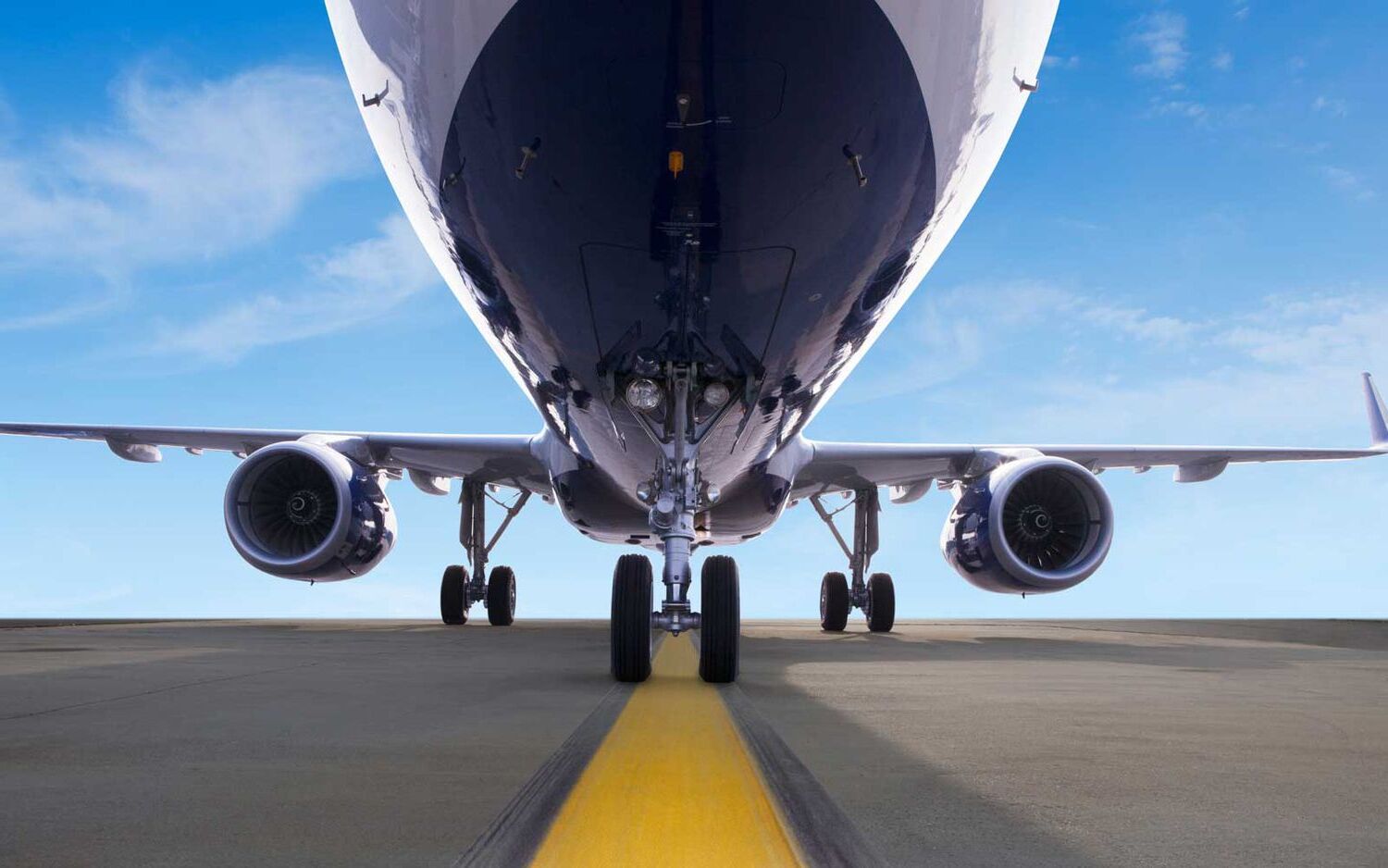
How much do airlines contribute to environmental pollution? Airlines play a significant role in environmental pollution. Air travel accounts for about 2.5% of global CO2 emissions. This might seem small, but the impact is much larger when considering other pollutants like nitrogen oxides and water vapor. These emissions contribute to climate change by creating contrails and cirrus clouds, which trap heat in the atmosphere. Airlines also produce noise pollution and contribute to habitat destruction through airport expansions. While some airlines are adopting greener technologies and biofuels, the industry still faces challenges in reducing its overall environmental footprint. Understanding these impacts can help us make more eco-friendly travel choices.
Key Takeaways:
- Airline emissions contribute to climate change, with contrails and nitrogen oxides adding to the impact. Innovations like biofuels and electric aircraft are being developed to reduce emissions and improve fuel efficiency.
- Passengers can also make a difference by choosing direct flights, flying economy class, packing light, and using public transportation to reduce their carbon footprint when traveling by air.
Airline Emissions and Climate Change
Air travel has a significant impact on the environment, especially when it comes to emissions. Here are some key facts about how airlines contribute to climate change.
-
Airlines are responsible for about 2-3% of global CO2 emissions. This might seem small, but it's a substantial amount considering the vast number of industries worldwide.
-
A single transatlantic flight can produce as much CO2 as a car does in a year. This highlights the high carbon footprint of long-haul flights.
-
Aircraft engines emit nitrogen oxides (NOx), which contribute to ozone formation. Ozone at high altitudes acts as a greenhouse gas, trapping heat in the atmosphere.
-
Contrails, the white streaks left by planes, can form cirrus clouds. These clouds trap heat, further contributing to global warming.
Fuel Efficiency and Innovations
To combat their environmental impact, airlines and manufacturers are working on improving fuel efficiency and developing new technologies.
-
Modern aircraft are about 80% more fuel-efficient than those from the 1960s. Advances in technology have significantly reduced fuel consumption per passenger.
-
Biofuels are being tested as a sustainable alternative to traditional jet fuel. These fuels can reduce CO2 emissions by up to 80% compared to conventional fuels.
-
Electric and hybrid aircraft are in development. These planes promise to reduce emissions drastically, though widespread use is still years away.
-
Winglets, the upturned tips on airplane wings, improve fuel efficiency. They reduce drag, allowing planes to use less fuel during flight.
Airline Industry Initiatives
The airline industry is taking steps to mitigate its environmental impact through various initiatives and policies.
-
The Carbon Offsetting and Reduction Scheme for International Aviation (CORSIA) aims to stabilize CO2 emissions. This global initiative seeks to offset emissions from international flights.
-
Many airlines offer carbon offset programs for passengers. Travelers can pay extra to fund projects that reduce CO2, like reforestation.
-
Airlines are investing in more efficient air traffic management. Improved routing and scheduling can reduce fuel consumption and emissions.
-
Some airlines are experimenting with lighter materials for aircraft. Reducing the weight of planes can lead to significant fuel savings.
Passenger Behavior and Impact
Passengers also play a role in the environmental impact of air travel. Here are some ways travelers can make a difference.
-
Choosing direct flights can reduce your carbon footprint. Takeoffs and landings use the most fuel, so fewer stops mean less CO2.
-
Flying economy class is more eco-friendly than business or first class. More passengers per flight mean lower emissions per person.
-
Packing light can help reduce fuel consumption. Every extra pound requires more fuel, so lighter luggage means a greener flight.
-
Using public transportation to get to the airport can lower your overall travel emissions. It's a small step that can make a big difference.
Taking Flight Responsibly
Air travel's environmental impact can't be ignored. Planes emit significant amounts of carbon dioxide and other greenhouse gases, contributing to climate change. However, airlines are making strides to reduce their footprint. Sustainable aviation fuel (SAF) is one promising solution, cutting emissions by up to 80%. Electric and hybrid planes are also in development, aiming to revolutionize the industry. Passengers can help by choosing airlines committed to sustainability, offsetting their carbon footprint, and flying less frequently. Every action counts. By staying informed and making conscious choices, we can all contribute to a greener future. Remember, the skies belong to everyone, and it's up to us to protect them.
Frequently Asked Questions
Was this page helpful?
Our commitment to delivering trustworthy and engaging content is at the heart of what we do. Each fact on our site is contributed by real users like you, bringing a wealth of diverse insights and information. To ensure the highest standards of accuracy and reliability, our dedicated editors meticulously review each submission. This process guarantees that the facts we share are not only fascinating but also credible. Trust in our commitment to quality and authenticity as you explore and learn with us.


